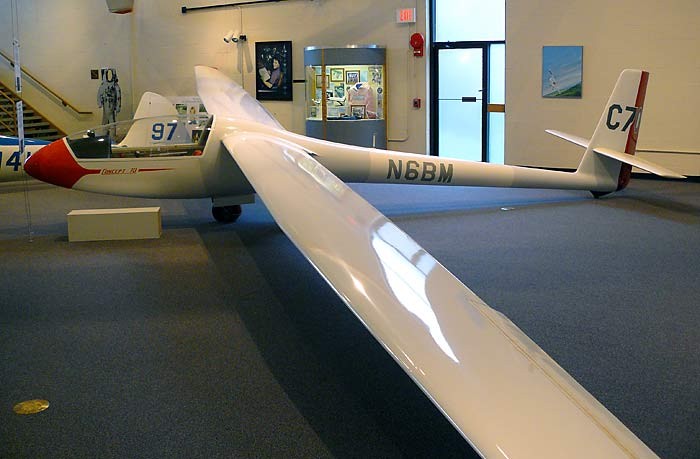There's something I have noticed in the current crop of all-composite aircraft (Diamond DA-40+20 is an example) where the seats are not independent units, but fastened directly to the airframe, in fact they are molded into it to a large extent, though still removable with discrete fasteners. Instead of moving the seat to the controls, these aircraft move the controls to the pilot. They deal with adjustment issues by keeping the center column very close to the pilot and moving the foot pedals instead. In the grand scheme of things, I kind-of like this (having flown a DA-20 it's easy to get used to) and some certification issues like pilot field of view may be simplified.
So now I'm wondering how this kind of seat design would be dealt with for compliance with FAR 23.562, Emergency Landing Dynamic Conditions?
Would the aircraft manufacturer have to replicate some of the airframe in the test apparatus in order to provide suitable attachments, and reactions that respond in force and deflection that corresponds to the actual thing? How much of the airframe, and how much fidelity does it need? Could the interface loads be determined in the same way as a 4-leg seat, with load transducers?
My recent reading of the AC guidance on seat certification treats the seat as a "unit", but this assumption doesn't seem to apply to the all-composite molded-in seat pan. All the figures in the AC show seats with legs that adjust back and forth on floor tracks. Again, more assumptions that aren't the case for the molded-in seat. AC 23.562-1 provides in Paragraph 9 some descriptions of alternative test fixtures for seats that don't incorporate 4 typical legs, but avoids describing what is expected. I should also note that on this size of aircraft, some of the structure supporting this seat is the spar-carry-through, and the landing gear attachments are not far away either. There's a lot going on in that one small area of the fuselage.
This is coming up because I see a project on the horizon where I will may to understand the certification of this kind of seat, and possibly need to figure out the interface loads at the attachment points.
No one believes the theory except the one who developed it. Everyone believes the experiment except the one who ran it.
STF
So now I'm wondering how this kind of seat design would be dealt with for compliance with FAR 23.562, Emergency Landing Dynamic Conditions?
Would the aircraft manufacturer have to replicate some of the airframe in the test apparatus in order to provide suitable attachments, and reactions that respond in force and deflection that corresponds to the actual thing? How much of the airframe, and how much fidelity does it need? Could the interface loads be determined in the same way as a 4-leg seat, with load transducers?
My recent reading of the AC guidance on seat certification treats the seat as a "unit", but this assumption doesn't seem to apply to the all-composite molded-in seat pan. All the figures in the AC show seats with legs that adjust back and forth on floor tracks. Again, more assumptions that aren't the case for the molded-in seat. AC 23.562-1 provides in Paragraph 9 some descriptions of alternative test fixtures for seats that don't incorporate 4 typical legs, but avoids describing what is expected. I should also note that on this size of aircraft, some of the structure supporting this seat is the spar-carry-through, and the landing gear attachments are not far away either. There's a lot going on in that one small area of the fuselage.
This is coming up because I see a project on the horizon where I will may to understand the certification of this kind of seat, and possibly need to figure out the interface loads at the attachment points.
No one believes the theory except the one who developed it. Everyone believes the experiment except the one who ran it.
STF

